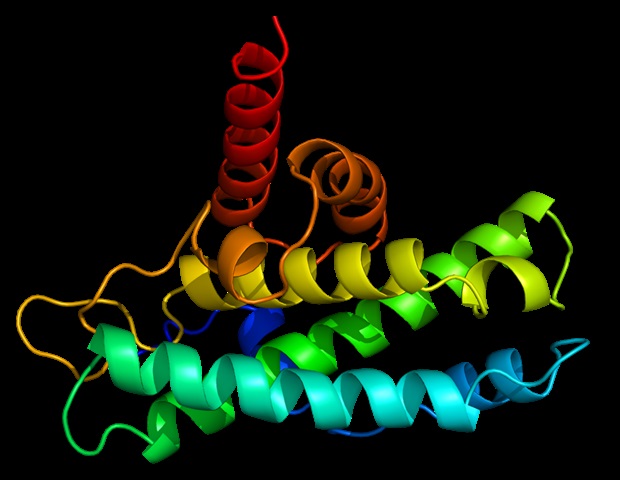The complex 3D shapes of brains, lungs, eyes, hands, and other vital bodily structures emerge from the way in which flat 2D sheets of cells fold during embryonic development. Now, researchers at Columbia Engineering have developed a novel way to use light to influence an animal’s own proteins in order to control folding in live embryos.
These new findings, detailed Aug. 18 in Nature Communications, may one day lead to a host of applications in biorobotics and medical research.
Being able to precisely control the shape of folds in tissue sheets is a foundational step toward ’tissue origami,’ which can be used to study 3D tissue biology outside developing embryos, or for building and controlling the motion of tiny machines or robots made out of living biological cells.”
Karen Kasza, associate professor of mechanical engineering at Columbia Engineering and study’s senior author
From flat sheets to complex structures
One major way that developing embryos build their organs is through furrowing – that is, they form pockets in tissues, which eventually become the sites of folds. “Just as a flat sheet of paper can be folded into a crane, a flat embryonic tissue can be folded into the precursor of an organ,” said Andrew Countryman, a doctoral student in biomedical engineering at Columbia and the study’s first author.
Previous research has developed many tools for manipulating the proteins and other molecules that direct how cells behave. However, scientists lacked similar techniques for systematically controlling the mechanical forces that ultimately shape embryos.
In the new study, Kasza, Countryman, and their colleagues experimented with the fruit fly, a common lab animal. “As developmental processes and machinery are highly conserved across animals, these findings in fruit flies provide insight into development in all animals, including humans,” Countryman said.
Light-sensitive tools built with CRISPR
The researchers tinkered with proteins that cells use to generate mechanical forces, making these molecules responsive to light. By shining patterns of specific wavelengths of light on fruit fly embryos genetically modified to produce these proteins, they could in turn control patterns of forces during their development.
The new study used the gene-editing system CRISPR-Cas9 to add a light-sensitive module to genes that naturally exist in fruit flies. The resulting molecules are the first tools that let scientists use light to control an animal’s own genes to direct mechanical forces in live embryos. They are also the first tools that enable scientists to employ light to control cell-generated forces in a tunable way, instead of just switching such forces on and off, Countryman said.
The researchers specifically modified proteins that help cells contract, one method by which tissues can generate furrows. The resulting tools, called endogenous OptoRhoGEFs, helped the scientists discover that the depth of a furrow depends on the amount of these contraction-linked proteins that get summoned to a cell’s membrane. They also found that stiff layers of proteins within embryos could dramatically influence the ways in which tissues furrowed.
Implications for human health
“Similarly to fly embryos, human embryos extensively employ furrowing processes during development,” Countryman said. “A failure of tissues to furrow properly is associated with common and devastating congenital disorders, such as spina bifida. Improved understanding of developmental processes will help identify and treat these conditions.”
This new technique may one day help scientists better analyze tissue and organ development and disease, using light to fold basic sheets of cells into complex 3D structures in the lab instead of the more complex environments inside living animals, Countryman said.
In addition, “small, controllable, cell-based machines have promising use in medical contexts, where they can serve as biocompatible probes during medical procedures,” he added. “They could also be used as small, aqueous, remotely pilotable vehicles to explore and survey new environments.”
In the future, the researchers hope to use their new strategy to examine other ways in which tissues furrow, as well as tissue behaviors other than furrowing, such as bending, stretching, and flowing. “These basic modes of tissue deformation are used in different combinations and sequences to build a wide variety of tissues, organs, and body forms,” Countryman said.
Source:
Columbia University School of Engineering and Applied Science
Journal reference:
Countryman, A. D., et al. (2025). Endogenous OptoRhoGEFs reveal biophysical principles of epithelial tissue furrowing. Nature Communications. doi.org/10.1038/s41467-025-62483-6.
